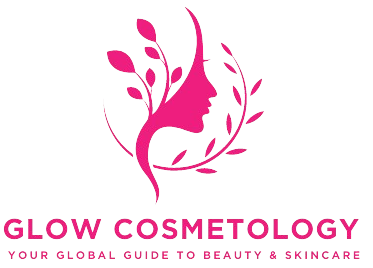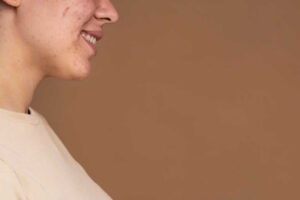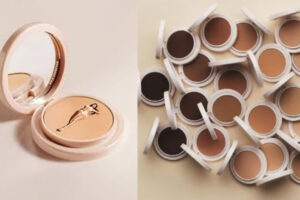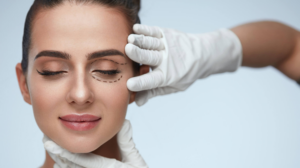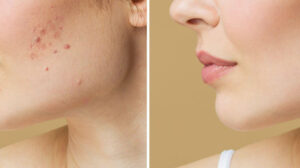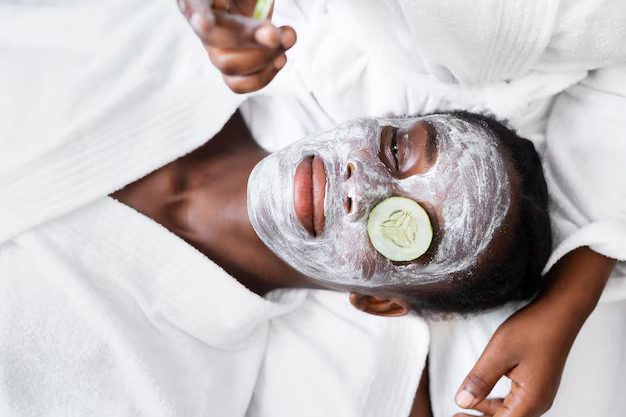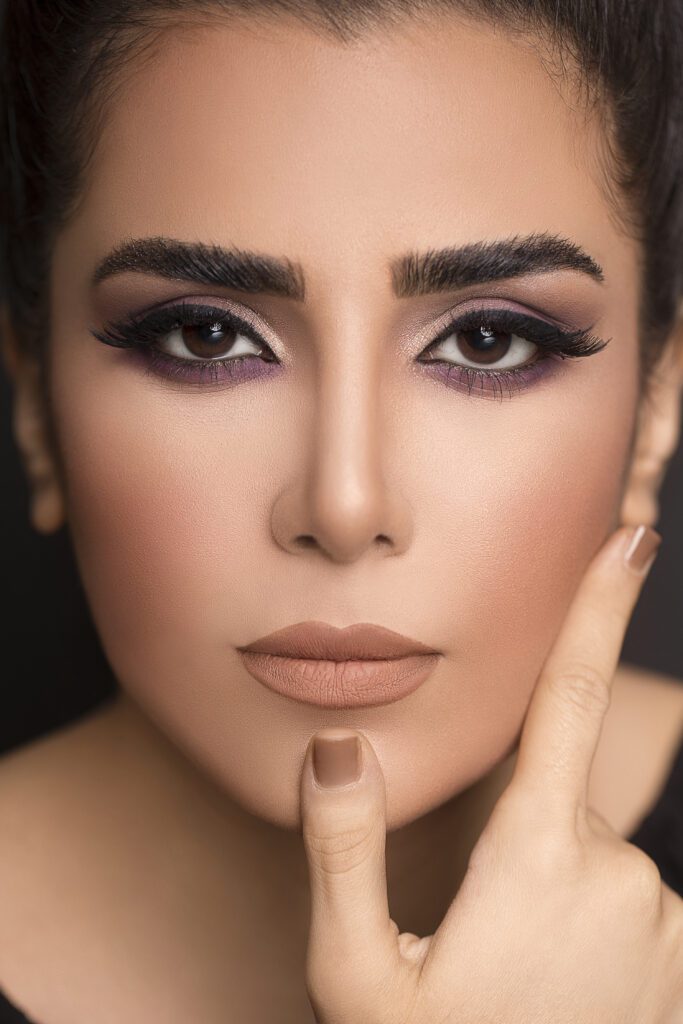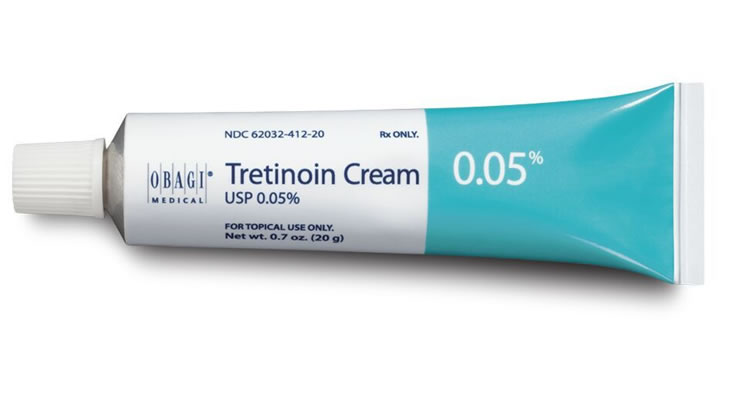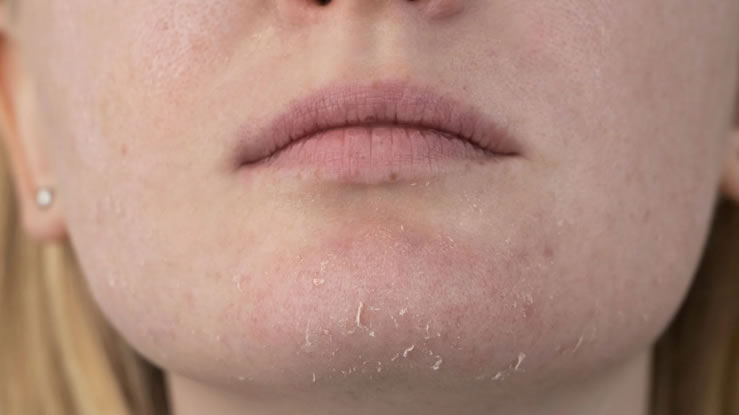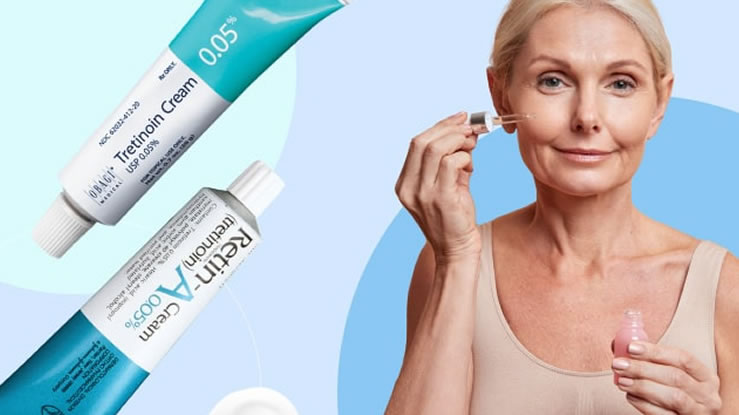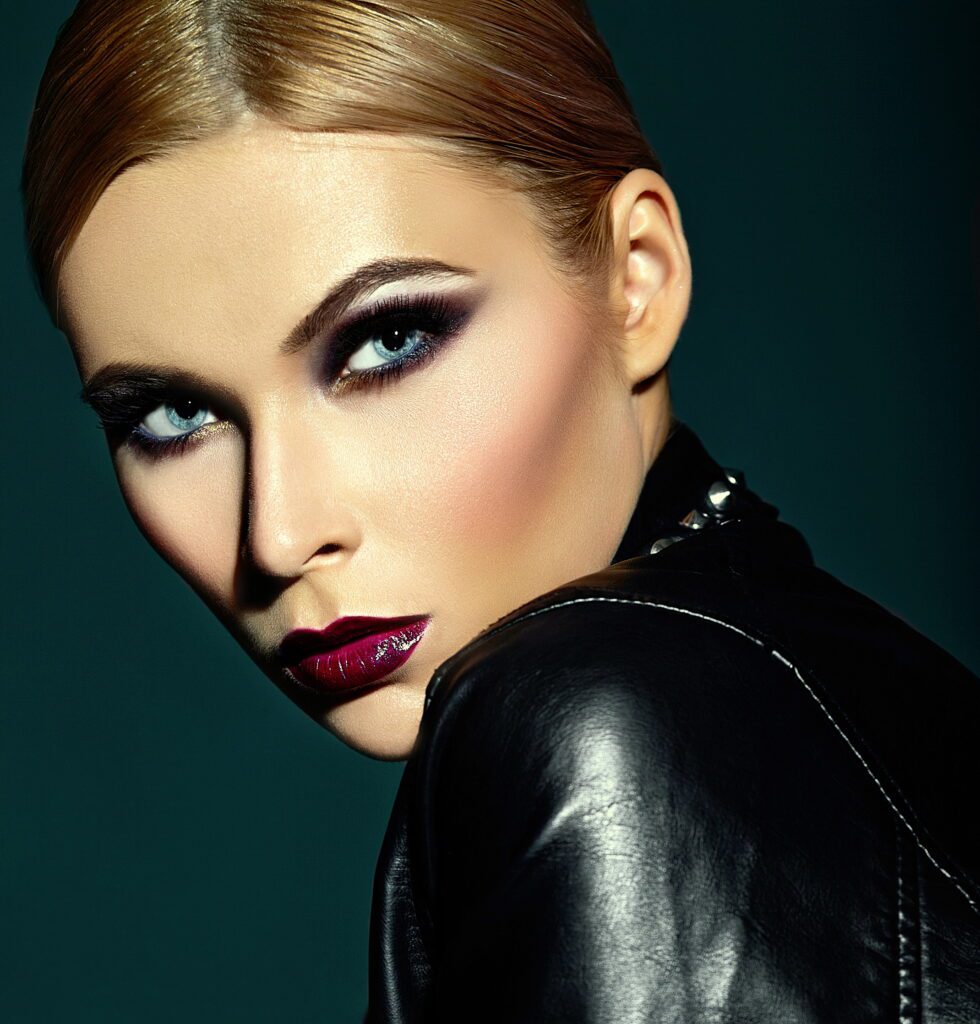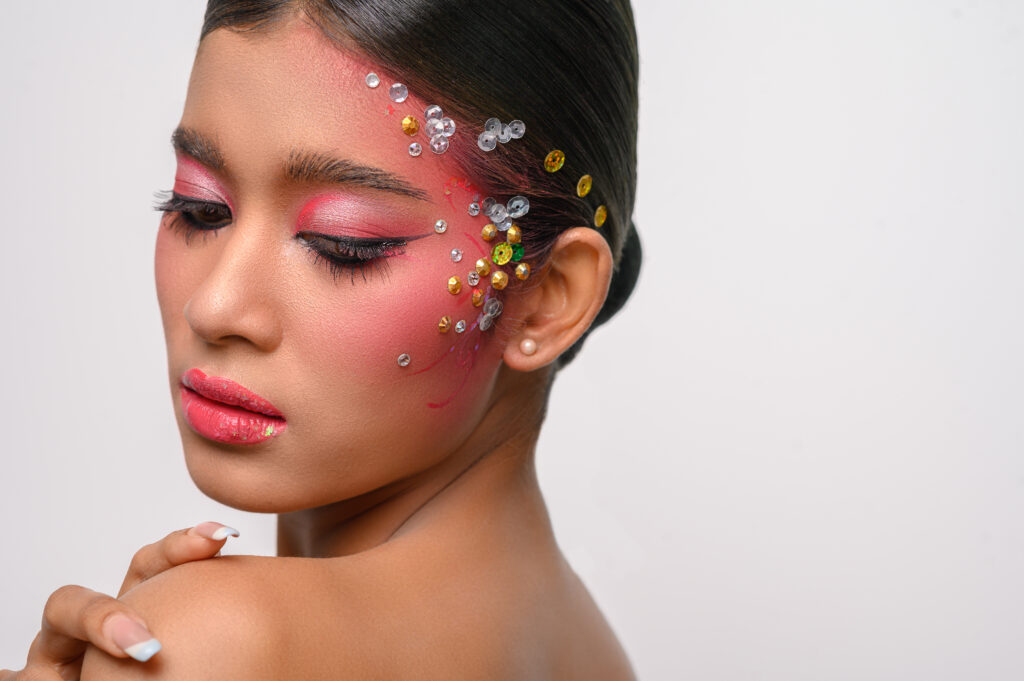When it comes to skincare, exfoliation is one of the most talked-about steps, praised for its ability to reveal fresh, glowing skin by removing dead surface cells. However, with so many exfoliation options available—chemical exfoliants, physical scrubs, enzymatic formulas, and various brands—it can be overwhelming to determine which is best exfoliant for the face. Your choice depends on multiple factors, including your skin type, concerns, and sensitivity.
This article explores the types of exfoliants, their benefits, drawbacks, and dermatologist recommendations to help you make an informed decision and choose the perfect exfoliant for your face.
1. Why Exfoliate the Face? Benefits Backed by Dermatologists
Exfoliating the face offers several key benefits:
-
Removes dead skin cells: Clears away the dull, flaky surface to reveal fresher skin.
-
Prevents clogged pores and acne: Helps reduce blackheads and breakouts by clearing pores.
-
Improves skin texture: Smooths rough patches and unevenness.
-
Even skin tone: Helps fade dark spots and post-acne marks by speeding up cell turnover.
-
Boosts product absorption: Enhances the effectiveness of serums and moisturizers.
-
Stimulates collagen production: Promotes youthful, firm skin.
Dermatologists agree that exfoliation is important but emphasize that the method and frequency must be suited to your unique skin needs.
2. The Main Types of Facial Exfoliants
Facial exfoliants fall into three main categories:
A. Chemical Exfoliants
Chemical exfoliants use acids or enzymes to dissolve the bonds between dead skin cells, allowing them to slough off gently and evenly.
-
Alpha Hydroxy Acids (AHAs): Water-soluble acids like glycolic acid, lactic acid, and mandelic acid work on the skin’s surface to improve texture and pigmentation.
-
Best for: Dry, dull, sun-damaged, and aging skin.
-
Pros: Hydrating, stimulates collagen, improves pigmentation.
-
Cons: Can increase sun sensitivity; must use sunscreen.
-
-
Beta Hydroxy Acids (BHAs): Oil-soluble acids like salicylic acid penetrate pores to exfoliate inside, making them excellent for acne-prone and oily skin.
-
Best for: Oily, acne-prone, and congested skin.
-
Pros: Controls sebum, anti-inflammatory.
-
Cons: May dry out sensitive skin.
-
-
Polyhydroxy Acids (PHAs): Larger molecules like gluconolactone and lactobionic acid are gentler and hydrating, suitable for sensitive skin.
-
Best for: Sensitive and reactive skin.
-
Pros: Less irritating, antioxidant benefits.
-
Cons: May be less potent for severe acne or pigmentation.
-
-
Enzymatic exfoliants: Derived from fruits such as papaya and pineapple, these enzymes gently break down dead cells.
-
Best for: Sensitive skin or those new to exfoliation.
-
Pros: Mild, natural, less irritation.
-
Cons: May require longer leave-on time for effect.
-
B. Physical Exfoliants
Physical exfoliants manually slough off dead cells by scrubbing with abrasive particles or tools.
-
Common ingredients include sugar, salt, ground nuts, jojoba beads, or synthetic microbeads (although many microbeads are banned due to environmental concerns).
-
Tools include brushes, sponges, loofahs, and exfoliating gloves.
Pros: Immediate smoothing effect, satisfying texture.
Cons: Risk of microtears, irritation, and over-exfoliation if particles are harsh or scrubbing is aggressive. Not recommended for sensitive or acne-prone skin.
C. Combination Exfoliants
Some products combine chemical and physical exfoliants, but dermatologists generally advise caution, as this can be too abrasive for most skin types.
3. Factors to Consider When Choosing the Best Exfoliant for Your Face
A. Skin Type
| Skin Type | Recommended Exfoliant | Avoid |
|---|---|---|
| Oily/Acne-Prone | BHA (Salicylic acid), gentle AHAs | Rough physical scrubs |
| Dry/Sensitive | PHAs, gentle AHAs, and enzymatic | Harsh scrubs, strong AHAs |
| Combination | AHAs, BHAs, gentle physical scrubs | Harsh physical scrubs |
| Normal | AHAs, BHAs, gentle scrubs | Excessive exfoliation |
| Melanin-Rich/Darker | Gentle AHAs, PHAs, and enzymatic | Aggressive physical scrubs |
B. Skin Concerns
-
Acne and Congestion: BHAs are often best.
-
Hyperpigmentation: AHAs and retinoids combined with exfoliation help.
-
Sensitivity or Rosacea: PHAs or enzymatic exfoliants recommended.
-
Aging Skin: Glycolic acid and lactic acid stimulate collagen and smooth wrinkles.
C. Frequency and Tolerance
Your skin’s tolerance should guide how often you exfoliate, starting slowly and increasing frequency only if no irritation occurs.
4. Dermatologists’ Top Picks for Best Facial Exfoliants in 2025
-
Best Chemical Exfoliant for Acne: Paula’s Choice 2% BHA Liquid Exfoliant
-
Best AHA for Dry Skin: The Ordinary Lactic Acid 5% + HA
-
Best PHA for Sensitive Skin: First Aid Beauty Facial Radiance Pads
-
Best Enzymatic Exfoliant: Tatcha Rice Enzyme Powder
-
Best Gentle Physical Scrub: Cetaphil Extra Gentle Daily Scrub
5. How to Exfoliate the Face Properly: Dermatologist-Recommended Routine
-
Cleanse: Always start with a clean face to remove makeup and dirt.
-
Apply exfoliant: Chemical exfoliants can be applied with cotton pads or fingertips; physical exfoliants require gentle massaging motions.
-
Leave on or rinse: Follow product instructions—chemical exfoliants may be leave-on or rinse-off.
-
Moisturize: Seal in hydration to repair and protect the skin barrier.
-
Sun protection: Always apply broad-spectrum sunscreen after exfoliating.
6. Common Mistakes to Avoid with Facial Exfoliation
-
Over-exfoliating daily or multiple times a day.
-
Using harsh physical scrubs on sensitive or acne-prone skin.
-
Skipping sunscreen after exfoliation.
-
Mixing too many exfoliating products at once.
-
Ignoring signs of irritation or barrier damage.
7. The Science Behind Facial Exfoliation: How It Works on a Cellular Level
Exfoliants accelerate the natural desquamation process, where corneocytes (dead skin cells) detach from the stratum corneum. Chemical exfoliants break down desmosomes (cell adhesion structures) allowing cells to shed gently. This increases cell turnover, encouraging newer, healthier skin cells to surface.
8. FAQs: Answering Your Most Pressing Questions About Facial Exfoliation
Q: Can exfoliating reduce wrinkles?
A: Yes, by stimulating collagen production, especially with AHAs like glycolic acid.
Q: How soon will I see results?
A: Visible improvements usually appear within 2-4 weeks of regular use.
Q: Can I exfoliate every day?
A: Most skin types benefit from 1-3 times weekly exfoliation; daily exfoliation risks irritation.
Q: What if I have sensitive skin but want exfoliation benefits?
A: Use gentle PHAs or enzymatic exfoliants and patch test first.
9. Final Verdict: Which Is the Best Exfoliant for the Face?
No single exfoliant is best for everyone. The ideal facial exfoliant depends on your skin type, concerns, and preferences. Generally:
-
For oily or acne-prone skin, salicylic acid (BHA) is most effective.
-
For dry or aging skin, glycolic or lactic acid (AHAs) work well.
-
For sensitive skin, PHAs or enzymatic exfoliants offer gentler options.
-
Physical scrubs should be used cautiously and sparingly.
Consulting a dermatologist helps tailor the perfect exfoliation routine for your unique skin.
Related Articles
